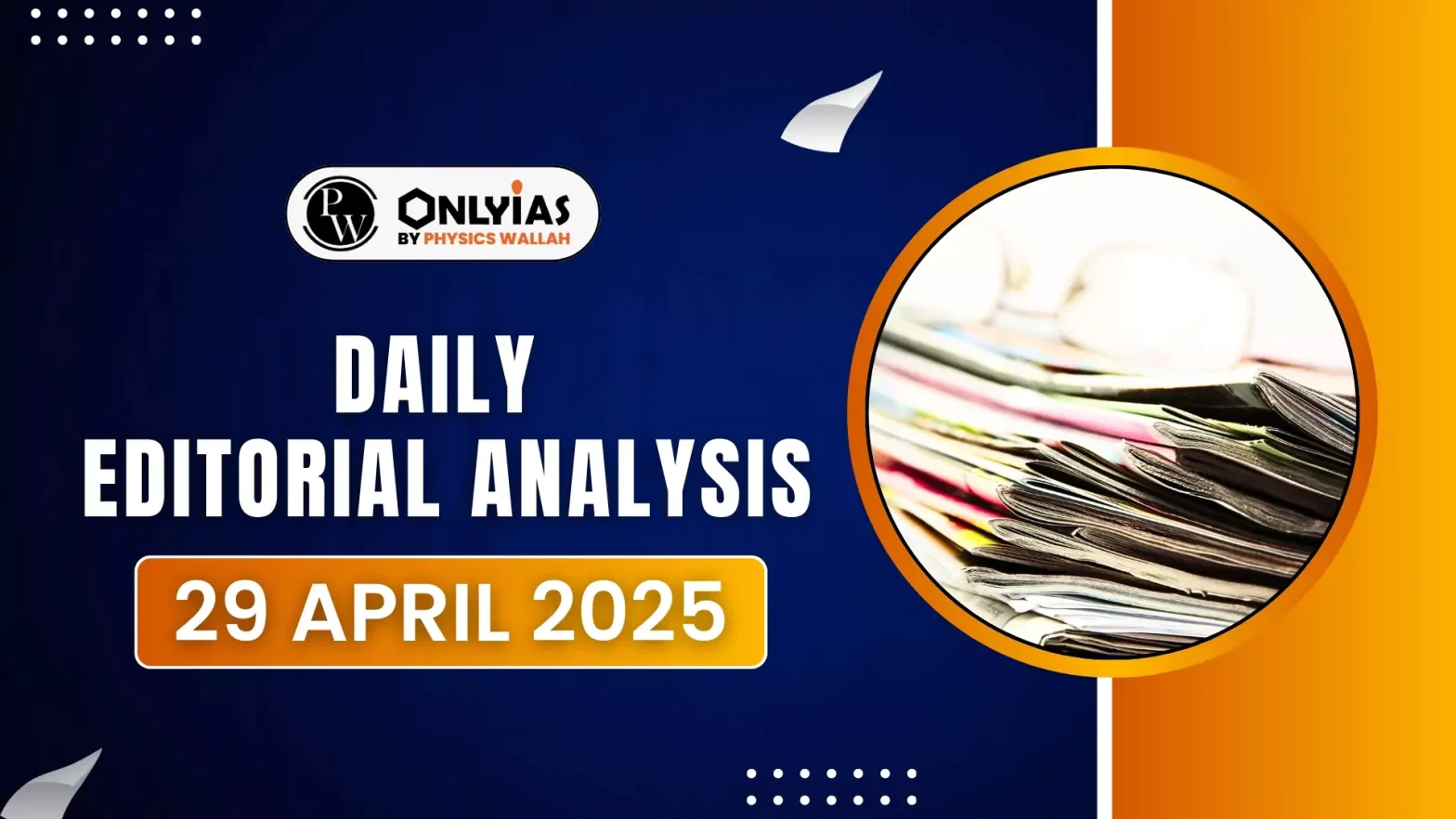Recently, 193 WHO member states adopted the Pandemic Treaty, the second-ever global public health treaty after the Framework Convention on Tobacco Control (FCTC), 2003.
- Purpose: The treaty emerged from global recognition of the failures during the COVID-19 pandemic, aiming to ensure stronger global cooperation, beyond rhetorical solidarity.
Challenges in Negotiations
- Influence of Economic Interests: Just like in the FCTC negotiations, economic and trade interests especially from high-income countries (HICs)—undermined global health objectives.
- Key Areas of Contention: Two main contentious issues were equitable access to vaccines, drugs, and health technologies pathogen sharing from the country of first detection
- Protectionism by High-Income Countries: HICs sought to preserve pharma profits and even insisted on changing treaty language from “mutual agreement” to “voluntary mutual agreement” to weaken binding obligations.
Lessons from the COVID-19 Experience
- Vaccine Hoarding: During COVID-19, rich countries hoarded vaccines, while virus variants from unprotected populations circulated globally, showing the dangers of inequality.
- Domestic Emergency Powers: Ironically, countries resisting international cooperation already have domestic laws (e.g., US Defense Production Act, Germany’s epidemic law) that force industries to comply in emergencies.
Key Provisions of the Pandemic Treaty
- Vaccine Access: Manufacturers must provide at least 20% of pandemic-related products (vaccines, drugs, diagnostics) to WHO for global distribution.
- Information Sharing: The treaty mandates timely sharing of data on emerging pandemics.
- Capacity Building: It includes provisions for technology transfer to increase production speed and scale, especially in low- and middle-income countries (LMICs).
- Supply Chain Oversight: For the first time, WHO will oversee global PPE supply chains like masks and gowns to ensure distribution transparency.
Vision and Structural Goals
- Pandemic Prevention: The treaty advocates a One Health approach, recognising links between human, animal, and environmental health.
- Strengthening Health Infrastructure: It proposes geographically diverse R&D capacities, pathogen access for research, technology transfer mechanisms, health emergency workforce mobilisation and financial coordination mechanisms
- Logistics Network: A new global logistics framework will support resilient supply chains during health crises.
- WHO Overreach: The treaty clarifies that it does not give WHO authority to Impose lockdowns, mandate vaccination or diagnostic policies alter national laws or travel decisions
Criticism
- Praising Treaty: Public health scholars, including Lawrence Gostin, hailed it as a victory for public interest over corporate greed, especially when read with revised International Health Regulations (IHR).
- Political Criticism in the US: Right-wing politicians and media in the US opposed the treaty, branding it a WHO power grab and threat to sovereignty.
- Withdrawal by the Trump Administration: The US under President Trump withdrew from WHO and exited the treaty process, though this ironically enabled more cordial negotiations.
Way Forward
- US Non-Participation: The absence of the US creates significant holes in pathogen surveillance and tech-sharing systems.
- Strengthening Regional and National Mechanisms: The world must now enhance regional cooperation and build national capacity to ensure treaty effectiveness.
- Global Solidarity: With microbial threats transcending borders, the Pandemic Treaty lays the foundation for collective global action and preparedness.
Conclusion
The Pandemic Treaty strengthens global health cooperation, addressing past failures and ensuring equitable access. Despite challenges, it emphasizes solidarity, information sharing, and health infrastructure.
![]() 29 Apr 2025
29 Apr 2025

